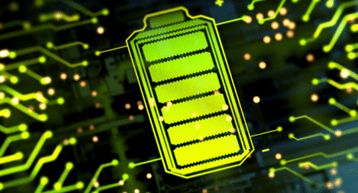As long as an EV battery’s health is above 80%, it can be promptly reinstalled in the vehicle after repair, according to advice in a new white paper by repair expert Leadec.
The new EU Batteries Regulation requires vehicle and battery manufacturers to reduce their batteries’ CO2 footprint so extending its service life by repairing it is desirable.
Better aftersales knowledge about battery health will also be vital in building confidence so more consumers switch to pure electric vehicles.
“Repairing and reusing used electric vehicle batteries makes sense from both a sustainability and an economic perspective. Nevertheless, it is not done enough, partly because standards and service structures are lacking,” said Alexander Döbelin, vice president of e-mobility global business development at Leadec which has been repairing high-voltage batteries at its battery competence centre in Hoyerswerda, Germany, since 2022.
The Lithium-ion battery repair white paper explains the modular structure of batteries and explains how fault analysis and repair work. It also takes a closer look at the necessary requirements in terms of safety, storage, and documentation.
The team at the Battery Repair Center (BRC) in Hoyerswerda has examined 230 battery-specific fault patterns and has found that in addition to mechanical damage, electrical and electronic faults are the most common, while electrochemical faults are rare.
It points out that as long as a battery’s state of health is above 80%, it can be reinstalled in the vehicle after repair – usually within 72 hours.
As an independent service specialist, Leadec has had experience of high-voltage battery technology since 2019 and offers services along the entire value chain.
In addition to operating the BRC, it pre-assemble battery components and parts as well as dismantles used batteries of various models and brands. In addition, functional used modules are also stored for later reuse.
















Login to comment
Comments
No comments have been made yet.